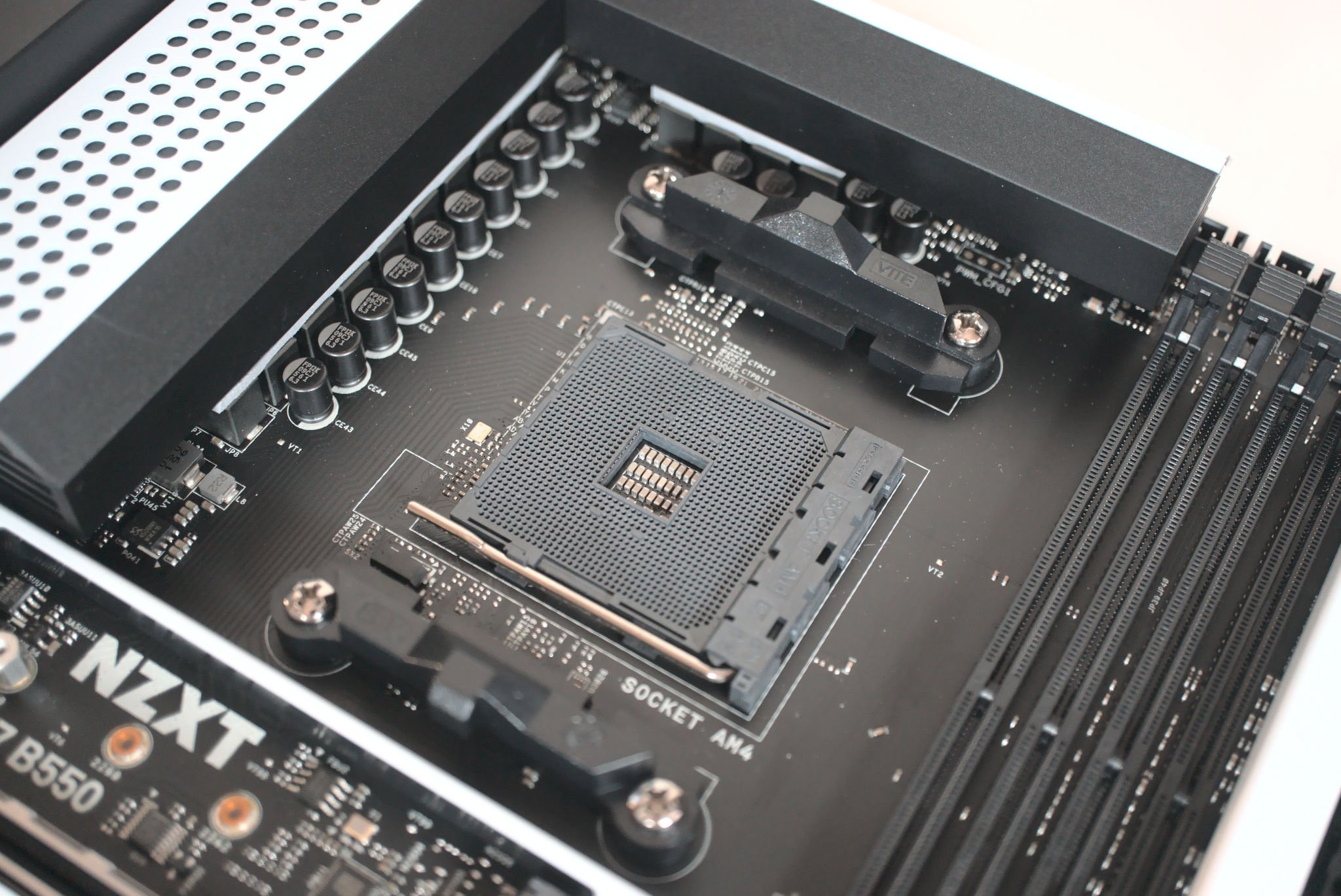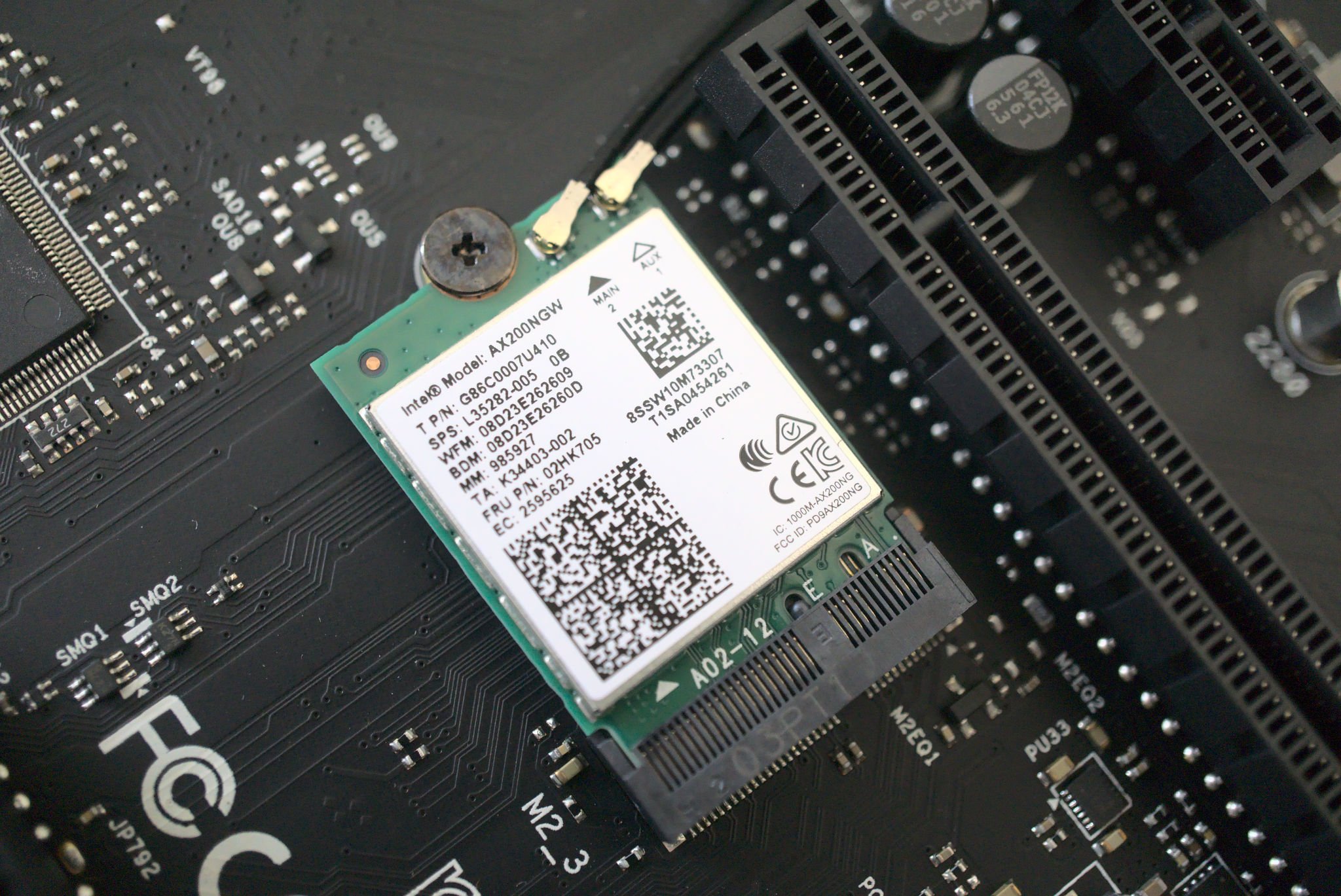Here's what NVIDIA, Intel, Micron, and TSMC have to say about the global semiconductor shortage
It's all bad news.

What you need to know
- A global semiconductor shortage is crippling technology supply chains.
- It affects everything from GPU to car production.
- As the shortage's effects snowball, supply recovery times lengthen.
Semiconductors have quickly become one of the world's most rare and precious assets. As a result, the companies that rely on them, including PC hardware giants NVIDIA and Intel, are in hot water when it comes to keeping up with consumer demand.
To give a refresher on what semiconductors are, they're a tiny ingredient that plays a big part in the construction of a massive number of technologies. They're needed for the production of GPUs, CPUs, RAM, and other hardware, as well as everything that uses some variation of those components, such as modern cash registers and cars. In short, this technology shortage has ramifications for industries well outside the normal purview of "consumer tech," and the trickle-down effect of low supplies will extend far beyond PC parts manufacturing.
However, PC parts manufacturing is a big deal, and semiconductor shortages are hitting companies that operate within that sector hard. In an April 13 interview with the Washington Post, Intel's CEO Pat Gelsinger had this to say:
I think this is a couple of years until you are totally able to address it. It just takes a couple of years to build capacity.
Note the use of "years" plural. Not 2022, also known as one year from now. But years, meaning a minimum of two. Perhaps three or four. Intel's not all talk, though. The company has announced a $20 billion plan to work toward fixing the semiconductor shortage situation.
Semiconductor shortage: Years 'til recovery

TSMC, a company dedicated to manufacturing semiconductors, is also expecting strained supply. "This year and next year, I still expect the capacity tightness will continue and probably also next year. 2023, I hope that we can offer more capacity to support to our customers," TSMC CEO C.C. Wei said in an April 15 earnings call. The full transcript can be seen on Nasdaq's site.
CEO and President of Micron Technology Sanjay Mehrotra stated in an interview with Bloomberg on April 7 that "DRAM is in tight supply at this point, and we expect supply shortages to continue to be tighter through the rest of the year as well." He then hinted that issues would persist through 2022 as well, thanks to a sustained level of high demand.
NVIDIA, much like the other three companies, is realistic about the situation. During the company's Investor Day (via Kotaku AU) on April 12, Colette Kress, the company's chief financial officer, said the following:
Get the Windows Central Newsletter
All the latest news, reviews, and guides for Windows and Xbox diehards.
Overall demand remains very strong and continues to exceed supply while our channel inventories remain quite lean. We expect demand to continue to exceed supply for much of this year. We believe we will have sufficient supply to support sequential growth beyond Q1.
What does all of this mean? Simply put, don't plan on easily obtaining a new GPU, CPU, smart car, or smart toaster anytime soon. Hope that something comes of U.S. President Joe Biden's efforts to fight the semiconductor shortage and check back in 2023.
Robert Carnevale is the News Editor for Windows Central. He's a big fan of Kinect (it lives on in his heart), Sonic the Hedgehog, and the legendary intersection of those two titans, Sonic Free Riders. He is the author of Cold War 2395. Have a useful tip? Send it to robert.carnevale@futurenet.com.

